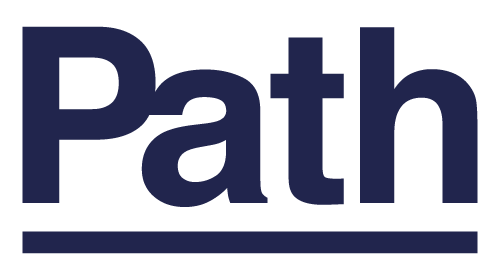From wireless braille keyboards for the visually impaired to fashion brands that commit to regenerative cotton, here are some things that made us say “That’s Interesting” in the studio this week.

Mindful creativity.
Designers are no strangers to visualising abstract concepts, but the challenge gets more complex (and exciting) with something like a meditation guide. After all, closing your eyes to concentrate on yourself is key to most meditation exercises, making visual aids seem almost redundant! But that’s not necessarily true… The animators of the new Netflix and Vox series “Headspace Guide to Meditation” tackled this intriguing brief by skilfully intertwining pauses and stimulation. The illustrations for each episode feature warm colours and organic, abstract shapes that morph to follow the pace of the breath. They are meant to be felt, rather than seen, mirroring and complementing the process going on in each participant’s meditating mind. Meditation has become an important tool to cope with the times, and is linked with improving mental health. Illustrations and animations have the power to relax and transport the mind: how can wellness brands leverage this to mindfully complement and elevate their product experience?
Find your headspace here

Up your dine!
Ask anyone you know, and they’ll probably tell you that one of the things they miss most these days is dining-out. But this absence has also created an exciting new space for brands and restaurants to innovate and elevate dining-in propositions. London design store WA Green has found a way of bringing some of the atmosphere and the fun of the restaurant experience to the home. Starting off with a Valentine’s Day kit (pictured), they launched a new rental service for tableware and dining accessories, to transform the personal living space through themed, creative, festive displays for special occasions. The trends are shifting us towards a consumption model based on rental and reuse – how can brands leverage this to find novel ways to reach consumers at home (beyond the pandemic)?
Table for two here

Wireless inclusivity.
Hable One is a pocket-sized keyboard and controller with eight buttons that has been designed to make it easier for blind and visually impaired people to use touchscreen smartphones. It can be connected with Apple and Android devices via Bluetooth and it uses braille input to help users write and edit text, navigate through applications and use shortcuts effortlessly. The tact-powered solution also means that individuals are not reliant on existing voice-to-text solutions, which are effective but lack in privacy and are not ideal for use in noisy public spaces. Inclusive design means design for everyone, and tech is no exception.
Type with confidence here

The new face.
The North Face just got a new face! Over the last years, the brand has committed to being more sustainable, and as part of honouring that promise, they have announced that from now on they will be using cotton grown with regenerative farming methods. The North Face will be collaborating with Boston-based Indigo-Ag, who combine tech and biological research to make agriculture both more sustainable and profitable. Together, the two companies will focus on regenerative farming practices for cotton, which helps to reduce CO2 emissions, restore biodiversity and benefiting the soil. The North Face’s regenerative cotton collection will hit stores in Autumn 2022. Farming is already under pressure to reduce its climate burden. New tech and materials can help, making goods more relevant to consumers who no longer see sustainability as a trend but a necessity. For more on greener agriculture, check out our Earth Matters article.
Champions of regeneration here
